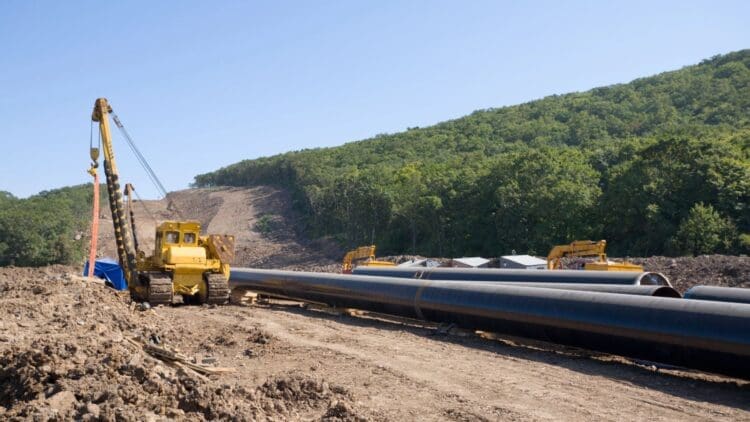The United States energy sector has been through a challenging 2025 so far, with refineries closing left and right in California. This has led several energy analysts to urge California to accelerate the planned pipeline that will offset some of the issues faced by the several refinery closures in the state. With the global energy market reeling following the latest impact on the market due to the new wave of sanctions on Russian energy resources, the vast majority of former Russian customers are turning to the United States to fill the gap left by Moscow.
A binding open season recently began that aims to alleviate the pressure on the US energy market
The binding commitment for the open season began recently, aiming at accelerating the proposed California pipeline that would offset some fears over California’s wave of refinery closures. Two companies that proposed the Western Gateway Pipeline Project have raised concerns over the forecasted shortfall in supply that is set to hit California next year.
Phillips 66 and Kinder Morgan have proposed building a massive energy pipeline into California to offset fears over supply shortfalls.
The Western Gateway Pipeline Project will connect California to Texas through a vast connection that spans thousands of miles
The pipeline will connect California to Texas via a 1,300-mile installation from Borger, Texas, to Phoenix, Arizona. The project also calls for reversals of existing pipeline flows in the Midwest and Southern California, enabling a consistent flow of energy into the Golden State from oil-rich Texas and Arizona.
Energy experts and analysts have lamented the long-term solution to California’s energy problems
The closure of the two refineries has led to a sea of complaints from energy analysts, all pointing to the fact that the proposed Western Gateway Pipeline Project is more reactionary than proactive, and the pipeline only serves as a long-term solution to California’s aging infrastructure and regulatory challenges for the energy sector.
“The proposed Western Gateway Pipeline project certainly could be part of a long-term solution to the imbalance between supply and demand for transportation fuel in the Western U.S. The proposed pipeline, assuming it gets built, will not be operating until 2029. This proposed pipeline project is a great idea, though long overdue. However, by itself, it feels like rearranging deck chairs on the Titanic. – Hillary Stevenson, vice president of energy intelligence for IIR Energy
Refining profitability in California has been adversely affected by the new California legislation, which enforced storage requirements for operators. That decline could potentially be offset by other California legislation that calls for an additional 2,000 oil wells to be drilled in the state in 2026. America’s neighbor, Mexico, has boosted the US energy sector as crude oil is expected to flow into the US and Europe.
The US energy market is still reacting to the latest sanctions on Russia
The planned closure of refineries in California is cause for concern, but the proposed Western Gateway Pipeline has eased worries over the US’s ability to supply the vast array of potential new customers heading their way. To add to the problems for the energy market globally, Bulgaria is reviewing Lukoil’s operations in their country following the latest sanctions by the US President on Moscow. Whether the Western Gateway Pipeline project gets the required approval is yet to be determined, but one struggles to see a reality where it doesn’t.





